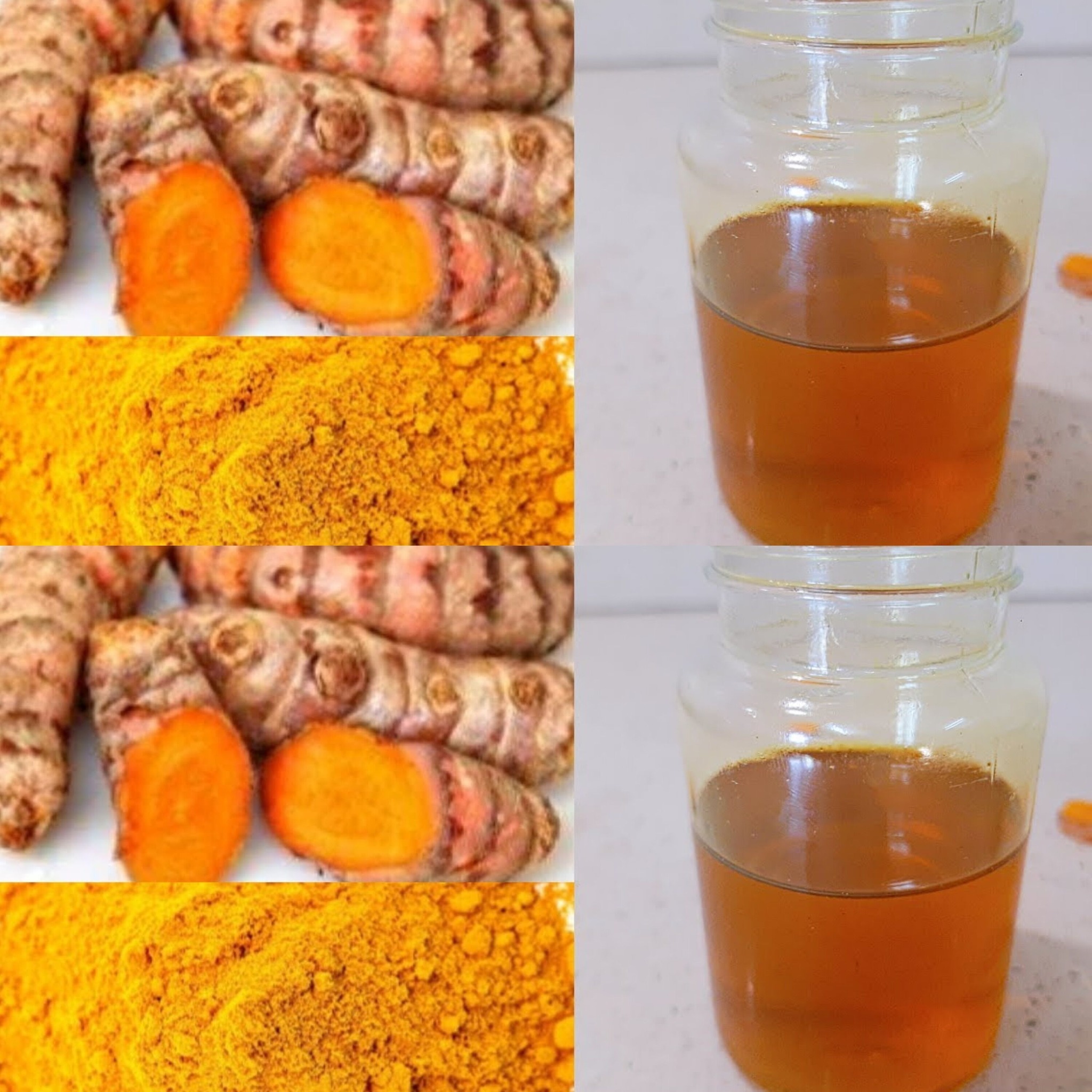Fresh turmeric has anti-inflammatory, antioxidant, and restorative qualities that are captured in turmeric oil, a powerful infusion. It’s easy to make turmeric oil at home, and once it’s made, you can use it as an addition to your food or for skincare and massages. This is a step-by-step tutorial on how to make fresh turmeric oil.
Ingredients:
- 1/2 cup of fresh turmeric root (about 2-3 medium-sized roots)
- 1 cup of carrier oil (coconut oil, olive oil, or almond oil)
- Cheesecloth or fine strainer
- A glass jar or bottle for storage
Method:
- Assemble the Fresh Turmeric Peel and Wash: To begin, properly wash the fresh root of turmeric under running water to get rid of any dirt. Peel the turmeric root’s skin with a vegetable peeler.
- Grate or cut: After peeling, use a fine-mesh grater to grate the turmeric root or coarsely cut it into tiny pieces. By increasing the surface area, grating facilitates the extraction of the health-promoting chemicals from turmeric into the oil.
- . Mix with Oil
Select an Oil Carrier: Choose a carrier oil, such almond, coconut, or olive oil. While almond and olive oils are well-known for their skin-nourishing qualities, coconut oil is especially well-liked for its added antibacterial and moisturising qualities. - Mix: Put the chopped or grated turmeric and the carrier oil in a small pot.
- Bring the Blendture to a Heat
Low Heat Infusion: Heat the mixture in a pot over low heat on the stove. It is crucial to maintain a low heat in order to avoid scorching the turmeric and to retain the nutrients in the oil. - Simmer slowly: With periodic stirring, let the mixture simmer slowly for one to two hours. The heat will aid in the active ingredients in the turmeric being released into the oil. As the oil infuses, you’ll see that it becomes a vivid orange colour.
- . Cool and Strain Cool the Oil: After the oil has simmered, take it off the heat source and let it cool to room temperature.
- After the mixture has cooled, pour it into a clean glass jar or container using cheesecloth or a fine sieve. In order to extract as much oil as possible, press the grated turmeric in the cheesecloth. Throw away the solid turmeric.
- . Storage of the Turmeric Oil: To prevent light from deteriorating the oil’s quality, store the turmeric oil in a dark glass container or a jar with a tight-fitting cover. Store the bottle somewhere cold and dark. If kept correctly, the oil may survive for many months.
- Apply a few drops of turmeric oil straight into your skin to help brighten your complexion, soothe sensitive areas, and decrease inflammation. This is how to use turmeric oil for skincare. It works very well for scars, dark spots, and acne.
- Turmeric oil may be used as a massage oil to ease sore muscles, lower inflammation, and enhance blood flow.
- Cooking: To take use of turmeric oil’s anti-inflammatory qualities, include a little quantity of it into salads, sauces, or soups.
- Aromatherapy: To improve mood and reduce stress, turmeric oil may also be used in aromatherapy.
Advice for the Best Outcomes
- Use Fresh Turmeric: Since fresh turmeric contains more active components than dried turmeric, it is the best option for producing turmeric oil.
- Put on Gloves: When handling turmeric, it’s best to put on gloves to prevent staining and to use easily cleaned utensils.
- Do a patch test on a small area of your skin if this is your first time using turmeric oil to make sure you don’t have an adverse response.
In summary
Using the simple and satisfying method of creating turmeric oil from fresh turmeric, you may take advantage of the potent health advantages of this age-old spice. Homemade turmeric oil is an adaptable and natural cure that you can simply include into your daily routine, whether it is used for cooking, skincare, or massages. Savour the vivid hue and strong medicinal properties of your own turmeric oil!
